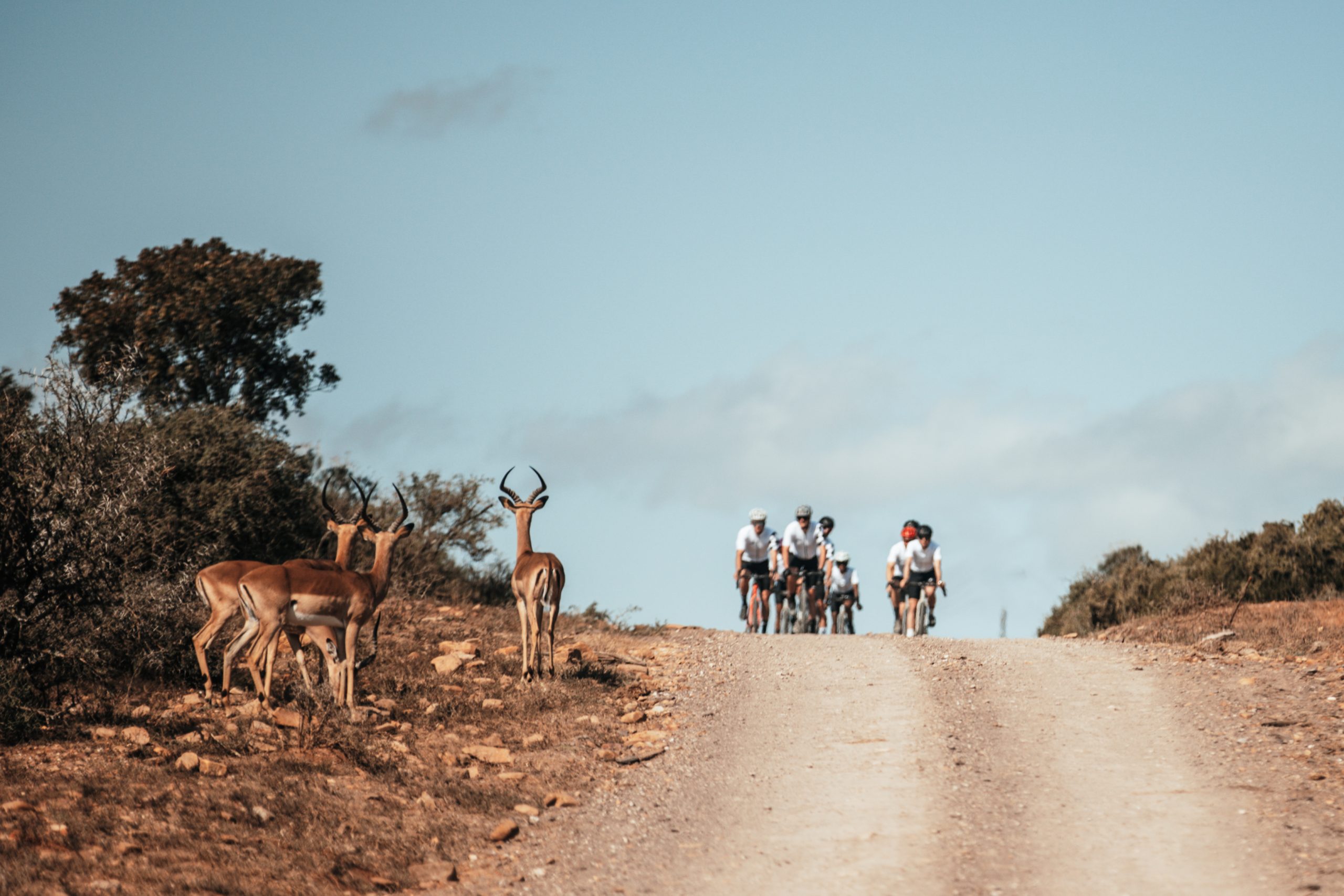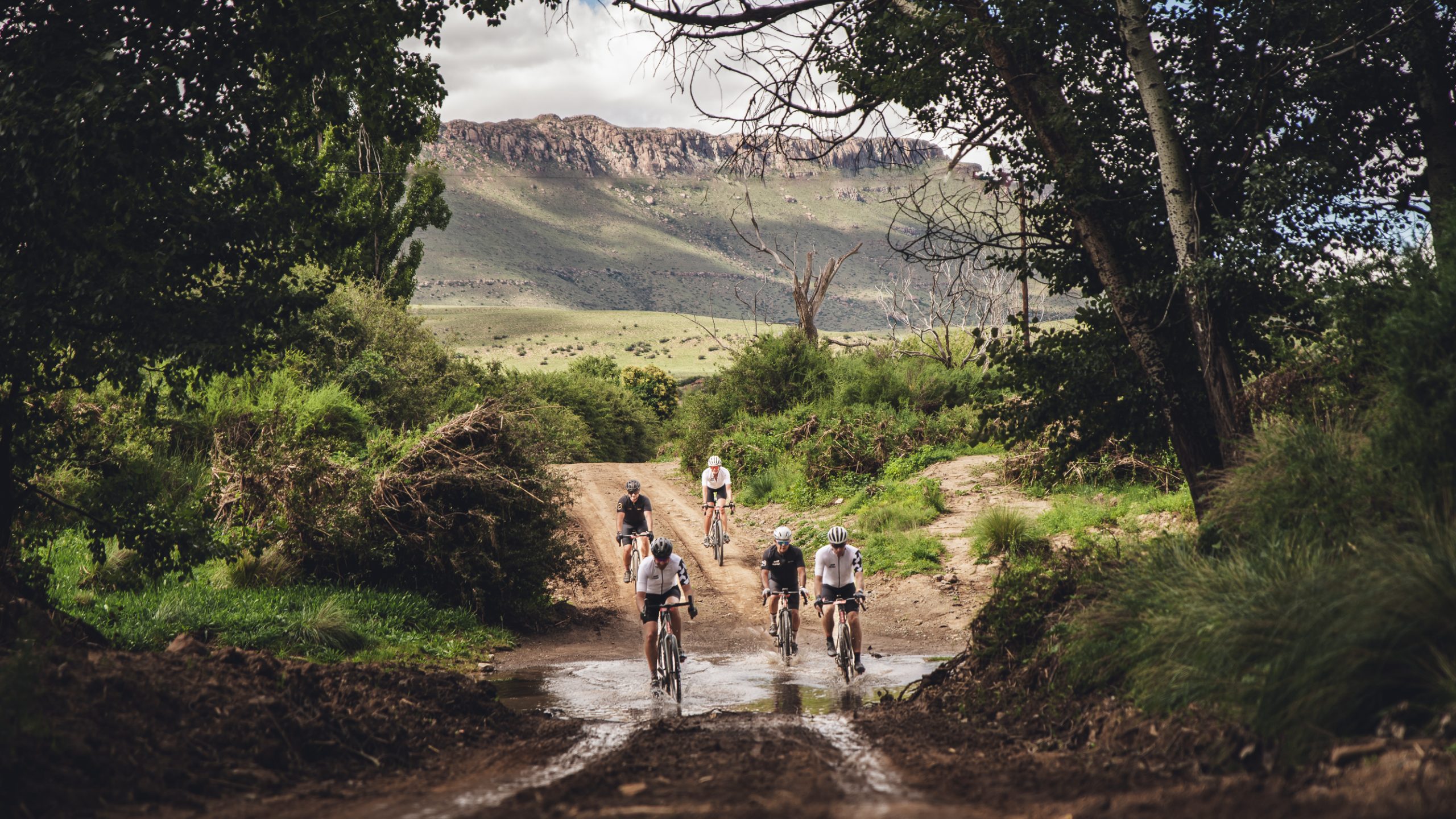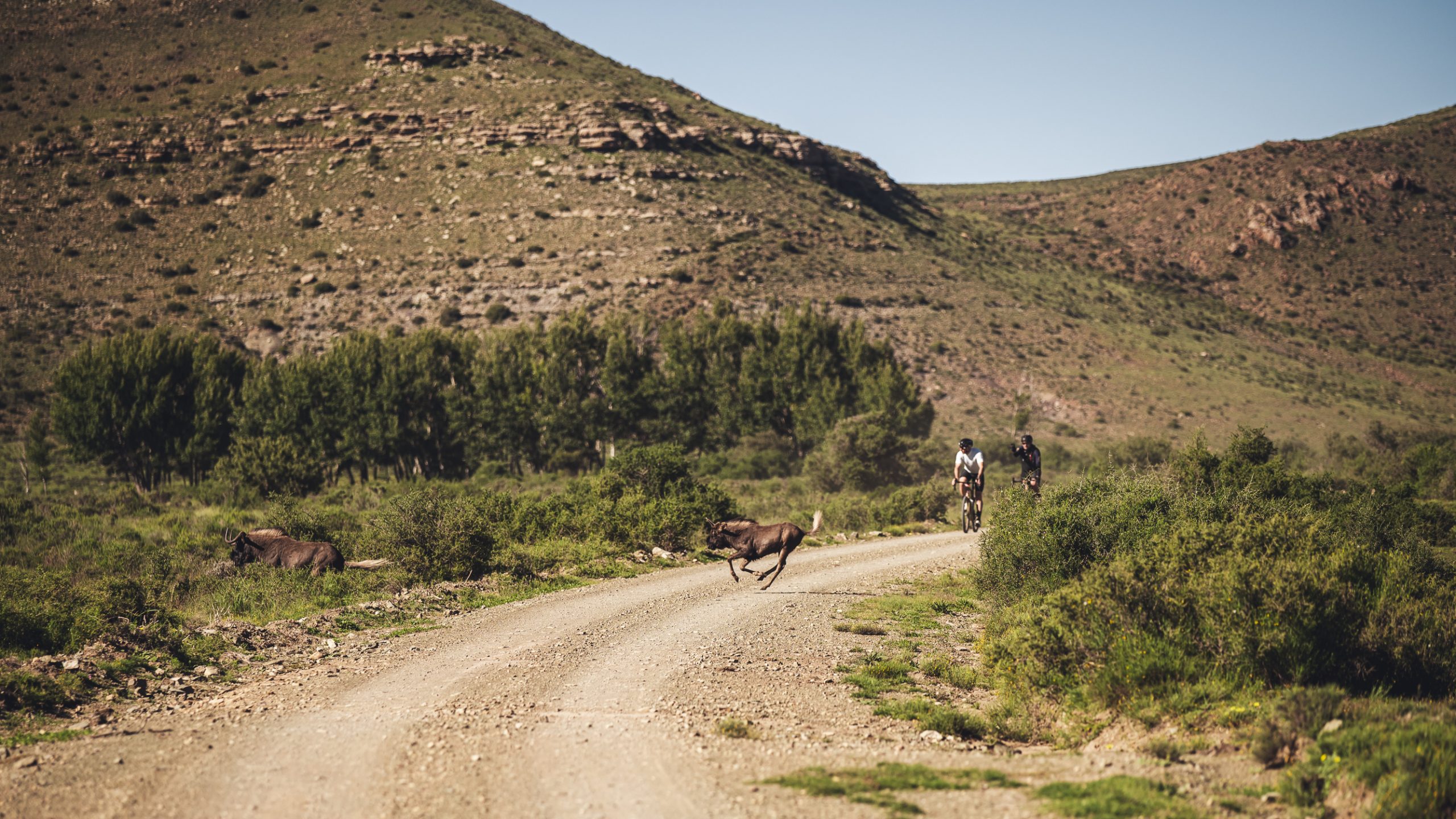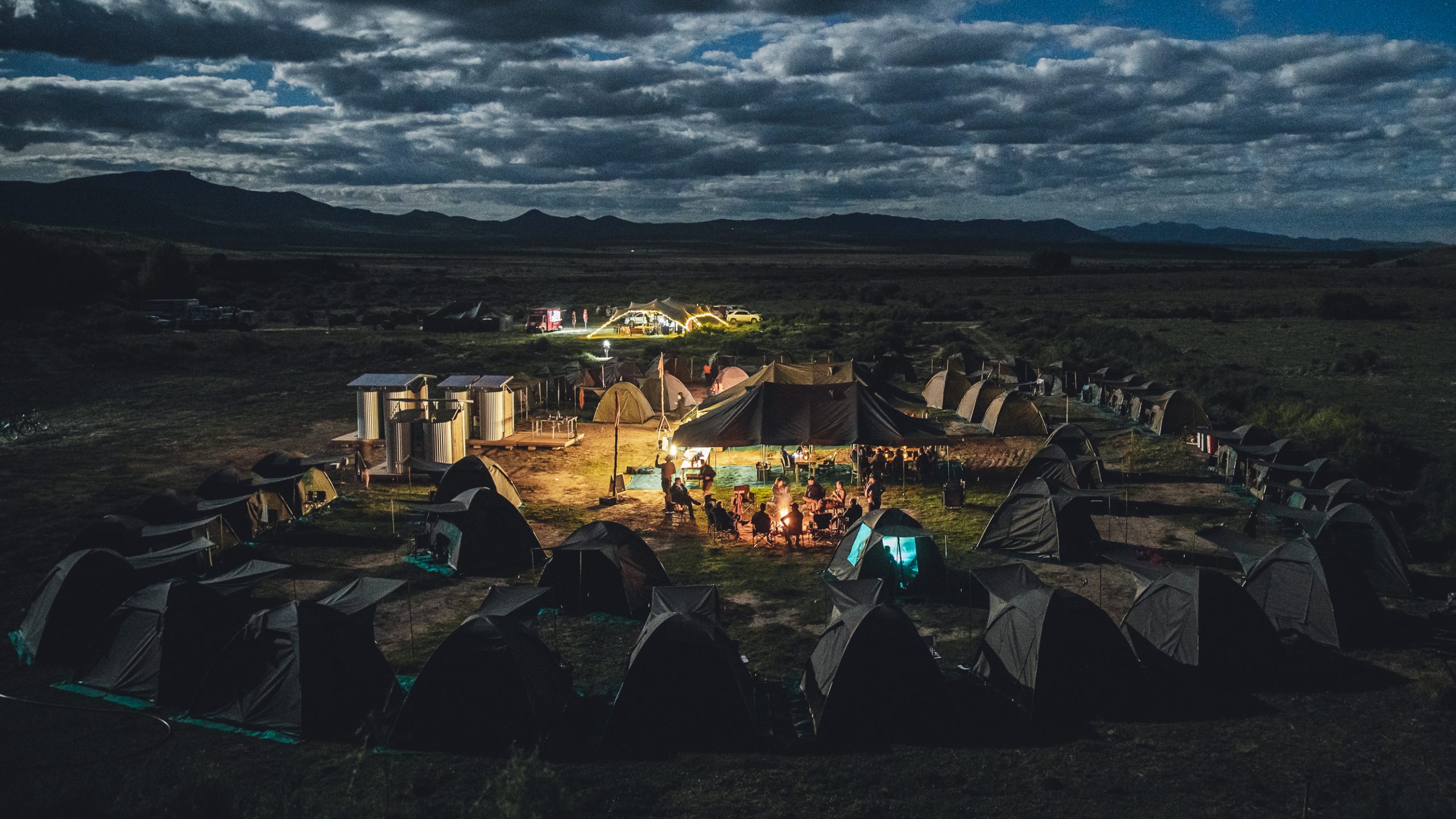This October, a new chapter in gravel cycling will be written across the scarred ridges and golden plains of South Africa’s Eastern Cape. This is Gravel Burn: a 7-day, 800-kilometer stage race that promises more than just a physical challenge. Gravel racing, for all its grit and glory, has never seen anything quite like this.
An idea forged in the fire
Gravel Burn is the brainchild of Kevin Vermaak, the visionary behind the Cape Epic. Kevin believes gravel is now at about the place where mountain biking was 20 years ago – growing exponentially in Europe and the United States, both professionally and among everyday riders. That is why they considered that the gravel market is ripe enough for a stage race that mixes pro riders with amateur cyclists.
With a record-setting $150,000 prize purse, equally split between the men’s and women’s divisions, Gravel Burn instantly becomes the event with the largest single-race prize in the history of gravel bike racing. But money, though headline-grabbing, is hardly the soul of this event.
Reasons behind the chosen format
One of the key ingredients in the Cape Epic’s success has been the two-person team format. Since then, several mountain bike events have adopted that way of racing, but there are not many examples of gravel races raced in pairs.
Gravel Burn will be an individual effort. According to the organizers, one of the biggest factors is safety. “We believe the risk of crashes increases when riders are anxiously sitting up, checking over their shoulders, or waiting for teammates. Racing solo allows everyone to focus fully on the road ahead.”, they explained.
Another factor is that many top gravel racers are privateers, each with their own sponsor combinations. The team format, where both riders must wear identical kits with the same sponsors, would inevitably complicate things in this space.
In order to make the most of what South Africa’s Eastern Cape has to offer, Gravel Burn 2025 consists of 7 stages that mostly go from point A to point B, camping at the finish line and starting the following stage from the same location.
We have already experienced what a gravel stage race looks like, and what we really like about it are the shared moments after the stage. Gravel Burn is aware of it, carefully designing the structure of each camp to promote social interactions among fellow participants.
From forests to the Karoo
The route details were unveiled in a recent promotional event in Johannesburg. The race begins on October 26th in Knysna, a place of myth and mist on South Africa’s Garden Route. Riders will carve their way inland through dense coastal forests and into the vast arid wonder of the Karoo. Over 11,000 meters of climbing await, spread across coastal forests, arid semi-desert, and African bush.
The stages range from 84 to 143 kilometers in length, with none exceeding 2,000 meters of elevation gain. However, that does not tell the whole story, as the terrain can be relentless, and some sort of suspension for the gravel bike is recommended. The highest point is Wapadsberg Pass at 1,730 meters of elevation, which will be featured in the second-to-last stage.
On the final day, a closing crescendo awaits in Shamwari Private Game Reserve, where riders will enter a realm that is home to Africa’s renowned Big Five – lion, leopard, buffalo, rhino, and elephant. “The aim is to build a semi-permanent Burn Camp at the finish line at Shamwari’s Amansi camp, where the riders, year after year, will enjoy a reflective celebration filled with camaraderie and profound appreciation of the remarkable journey they’ve completed and the land they’ve traversed”, they mentioned.
Burn Camps
This isn’t a “ride-eat-sleep-repeat” kind of race. Every evening, once the dust settles, Burn Camps come alive.
These remote camps are crafted from the ground up. Forming the building blocks of each camp are the Lapas (an African word for shelter), which refer to small groups of 25 tents, centred around a fire. This design allows organizers to preserve that intimate, connected experience, even as the number of riders grows in future editions.
“The remoteness of the Burn Camps means that there will be no alternate accommodation, nearby restaurants or shops and the like, so we need to make sure we offer a premium service at each of them.”
They began by preparing the farmland for the Burn Camps by relocating foliage and stones, removing old fence wire from the bushes, all while preserving naturally occurring Acacia and Rhus species as key indigenous features. Water is also a key focus point, and where necessary, they have sunk a borehole to ensure there is sufficient water for the showers, toilets, and bike wash areas.
In the presentation, we heard that there will be free beer, coffee, and wine available during the evening at the Lapas, which makes us even more excited to attend in a couple of months.
The spirit of gravel, reimagined
In recent years, gravel has become a battleground for identity. Is it a grassroots rebellion or a professional sport? A personal escape or a competitive arena? Gravel Burn embraces the paradox. It delivers pro-level logistics, media coverage, and prize money, but roots itself in local hospitality and cultural exchange. There’s mechanical support, daily bike washes, medical teams, and laundry services, but there’s also storytelling around fires, music drifting through the night, and encounters with rural South Africa that no social media post can replicate.
The 500 entries for the inaugural edition are already sold out, which highlights the expectation for what is set to be a complete experience combining racing, cultural immersion, and social bonding. The professional cyclists will be announced soon, and the talented South African riders are ready to defend home soil. Gravel Burn is poised to become a flagship gravel event—not just in Africa, but globally.






